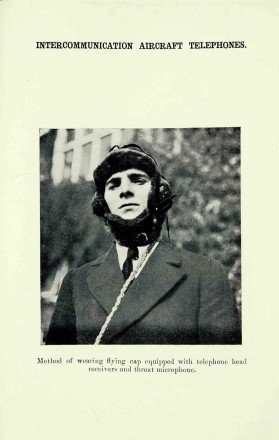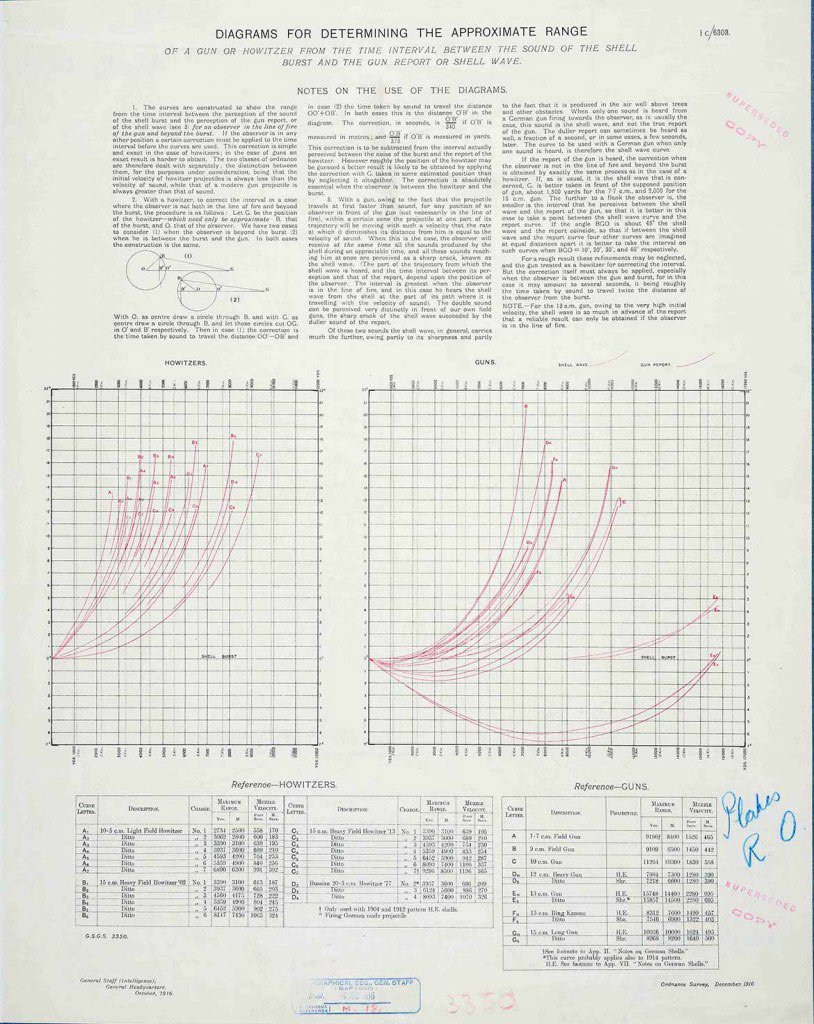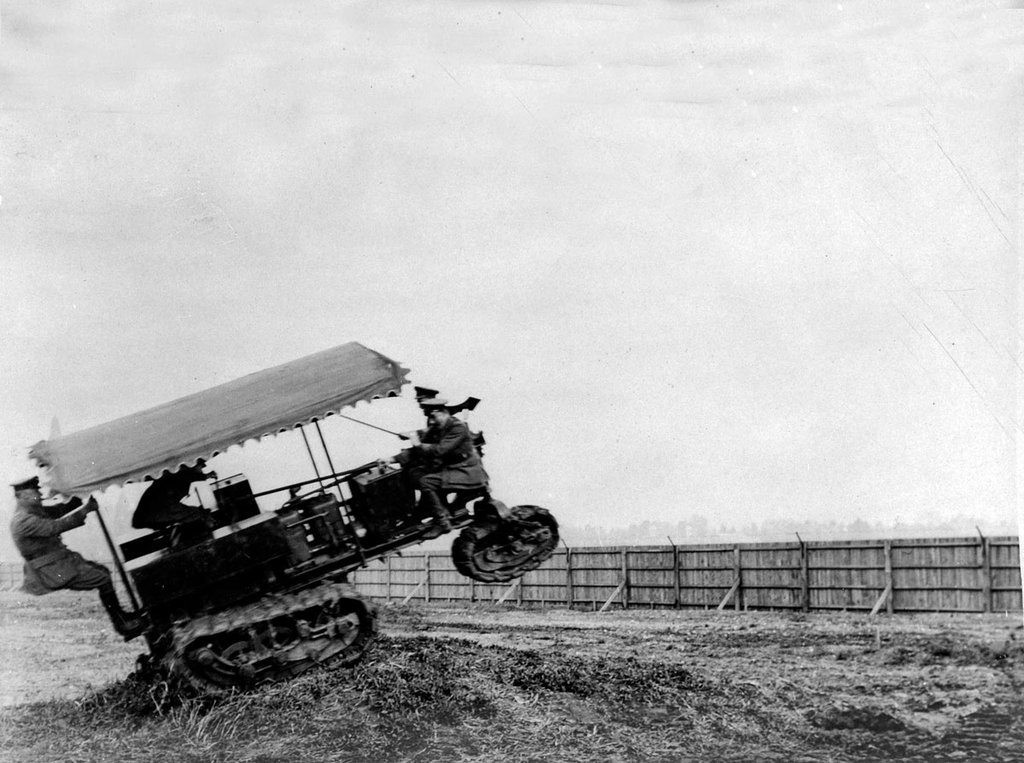Technology and the First World War
The First World War was the first industrial war and resulted in military innovation at an almost unimaginable scale. Here are a small sample of the technologies that were accelerated through the conflict, from tanks to telecommunications, as seen in the records we hold.
Handbook for 'hands free' telecommunication kit for pilots
Date: 1918
Catalogue reference: View the record N/A in the catalogue
The new forms of air warfare that evolved during the First World War required new forms of telecommunications. Keeping pilots updated while in the air with intelligence-gathering and decision-making was crucial to operational success.
Images from a 1918 handbook of airborne communication equipment indicate the way in which telecommunications evolved in line with military technology. The development of the throat microphone allowed pilots to use aircraft telephones without their hands, this was even referred to in a 1919 report as a ‘hands free’ kit.

Plan of an L33 Zeppelin
Date: 1917
Catalogue reference: View the record N/A in the catalogue
The Zeppelin was an airship the size of an ocean liner named after the German manufacturer Count Zeppelin. It was part of a new age of aerial warfare in the First World War. Although we associate air raids with the Second World War, there were also airship attacks on England from 1915 through to 1918. The German government hoped that the deployment of this technology would create mass panic and destroy British morale. However, the technology was unwieldy with poor navigation and aim. By the end of the First World War airships had caused about 500 deaths and 1,000 injuries on the Home Front.

Notes and diagrams on experimental sound-ranging equipment
Date: 1914–1918
Catalogue reference: View the record N/A in the catalogue
During the First World War, advances were made with technology that allowed you to calculate the position and coordinates of enemy artillery firing. The device in this image is one from a series of experiments conducted by the Ministry of Aviation in collaboration with the Post Office’s Engineering Department.

Photograph of possibly the first ever tank
Date: 1915
Catalogue reference: View the record N/A in the catalogue
In 1915, a committee was formed to develop armoured fighting vehicles for use in the trenches on the Western Front. One vehicle that was considered was this prototype of the Killen Strait Tractor, designed in the United States. In 1915, the Killen Strait was demonstrated at Wormwood Scrubs where it was tested on crossing trenches, negotiating obstacles and breaking through barbed wire. Further prototypes were developed from this model with fuller armoured bodies, but because the tractor could not cross wide trenches this design was discarded in favour of other machines.

Booklet describing 'Aeroplane Photography for Map-Making'
Date: 1918
Catalogue reference: View the record N/A in the catalogue
This image is from a booklet produced at the end of the First World War ‘Aeroplane Photography for Map-Making’. The booklet describes technological advances that were made in Palestine and the Sinai Peninsula through collaboration between the RAF and the Royal Engineers. The British forces had no useful maps of this region and were forced to put together new ones through systematic flying and photography from the air. This work was hugely innovative and was the basis for a rapid expansion in the use of aerial photography in the 1920s for a variety of military, social and commercial purposes.

